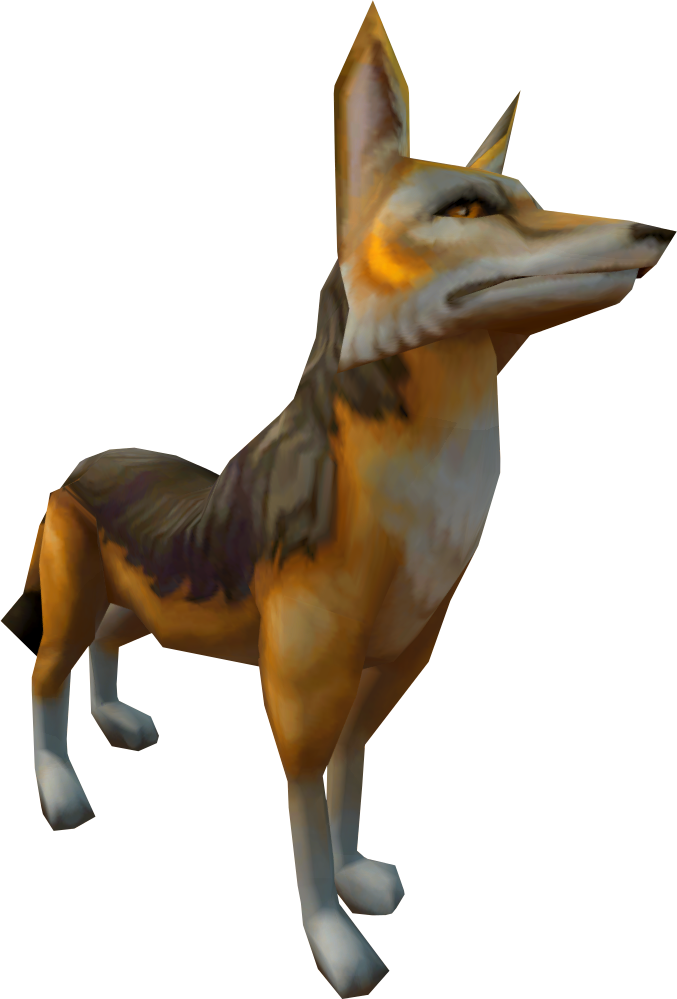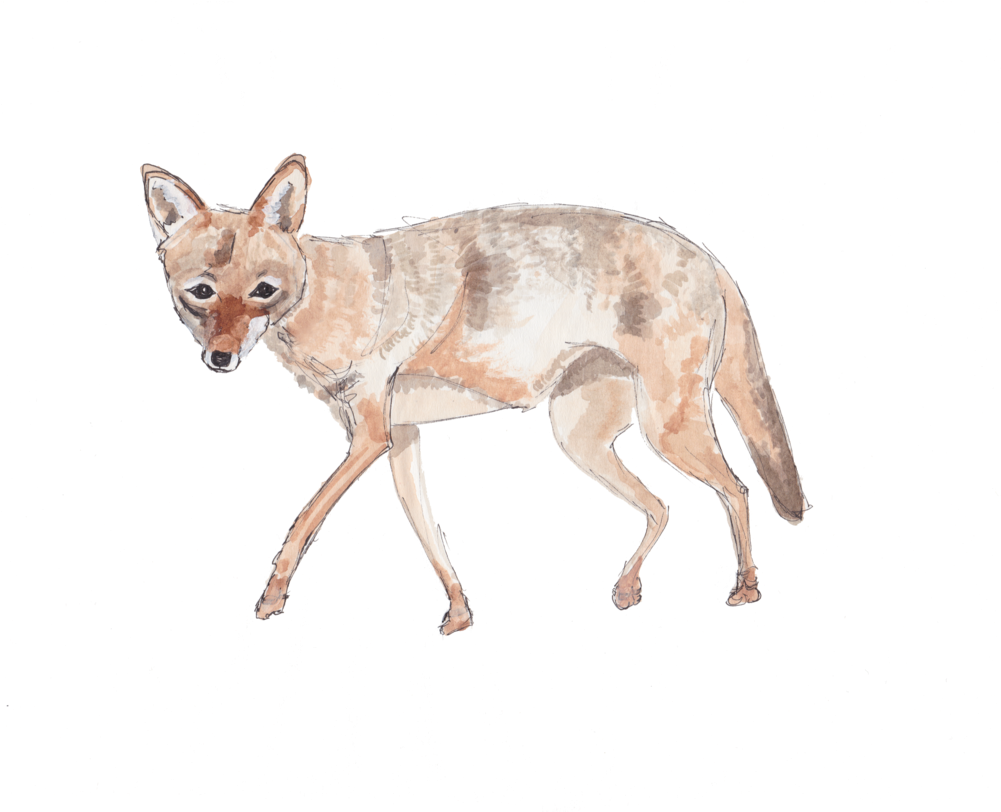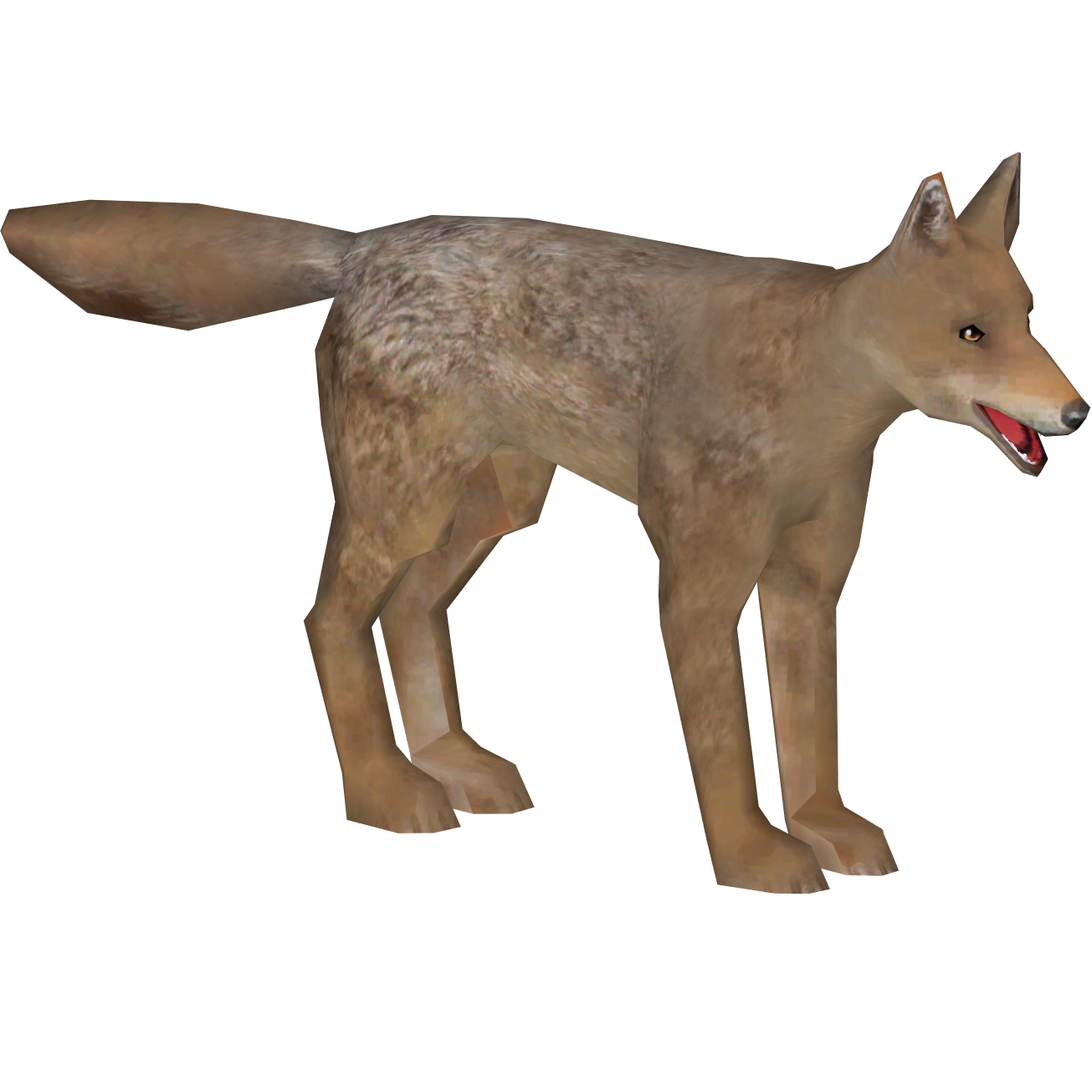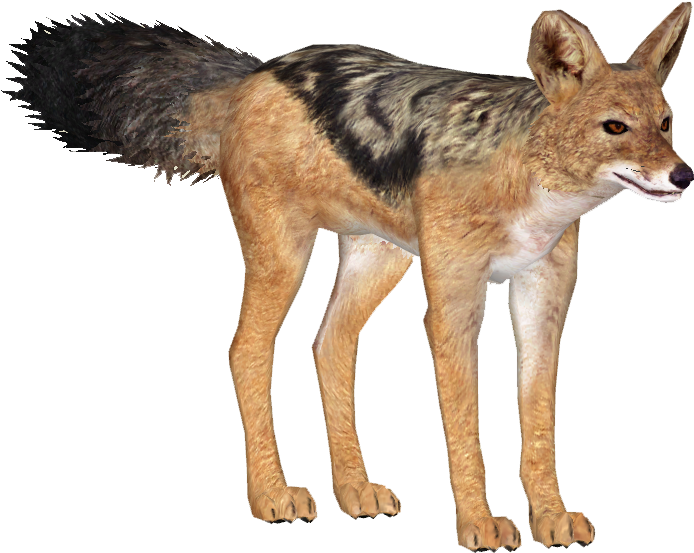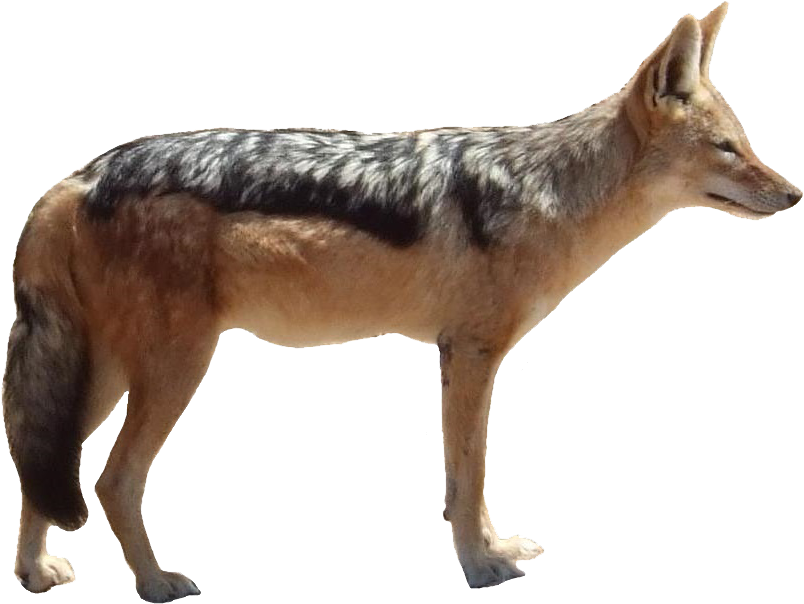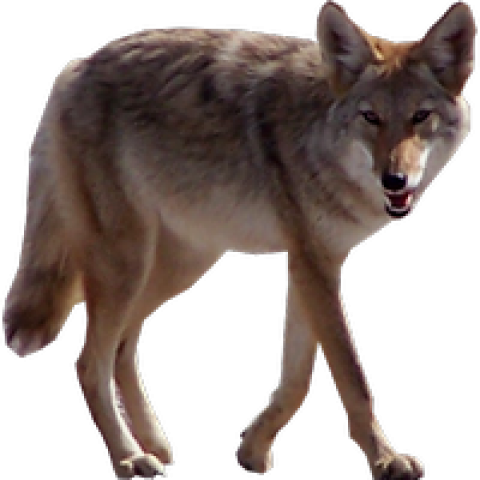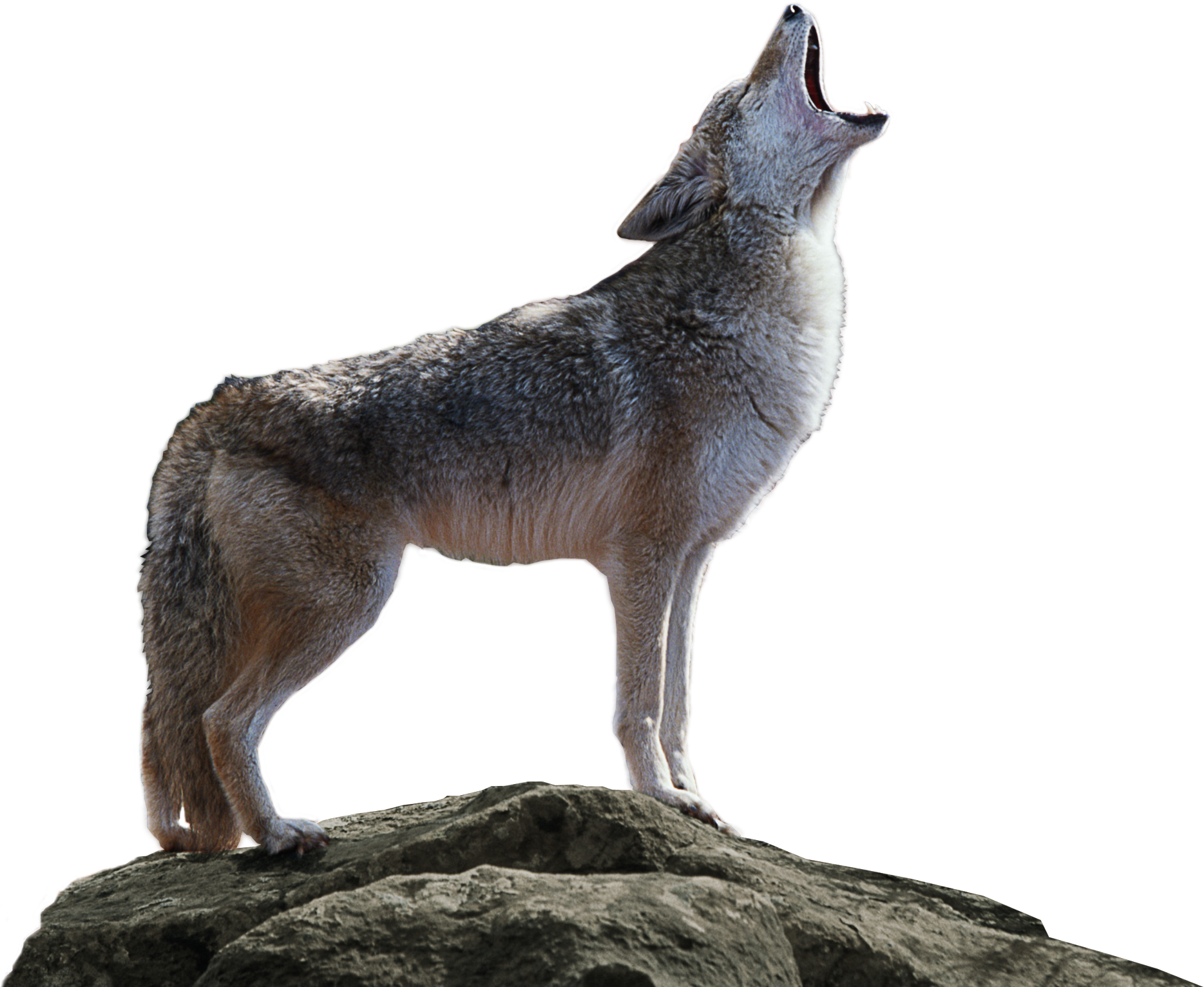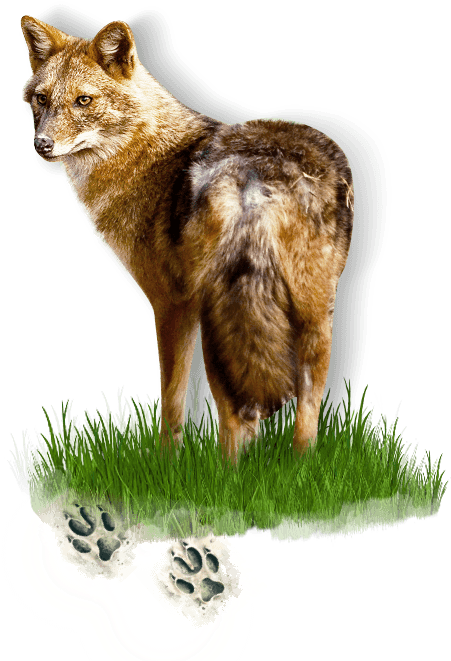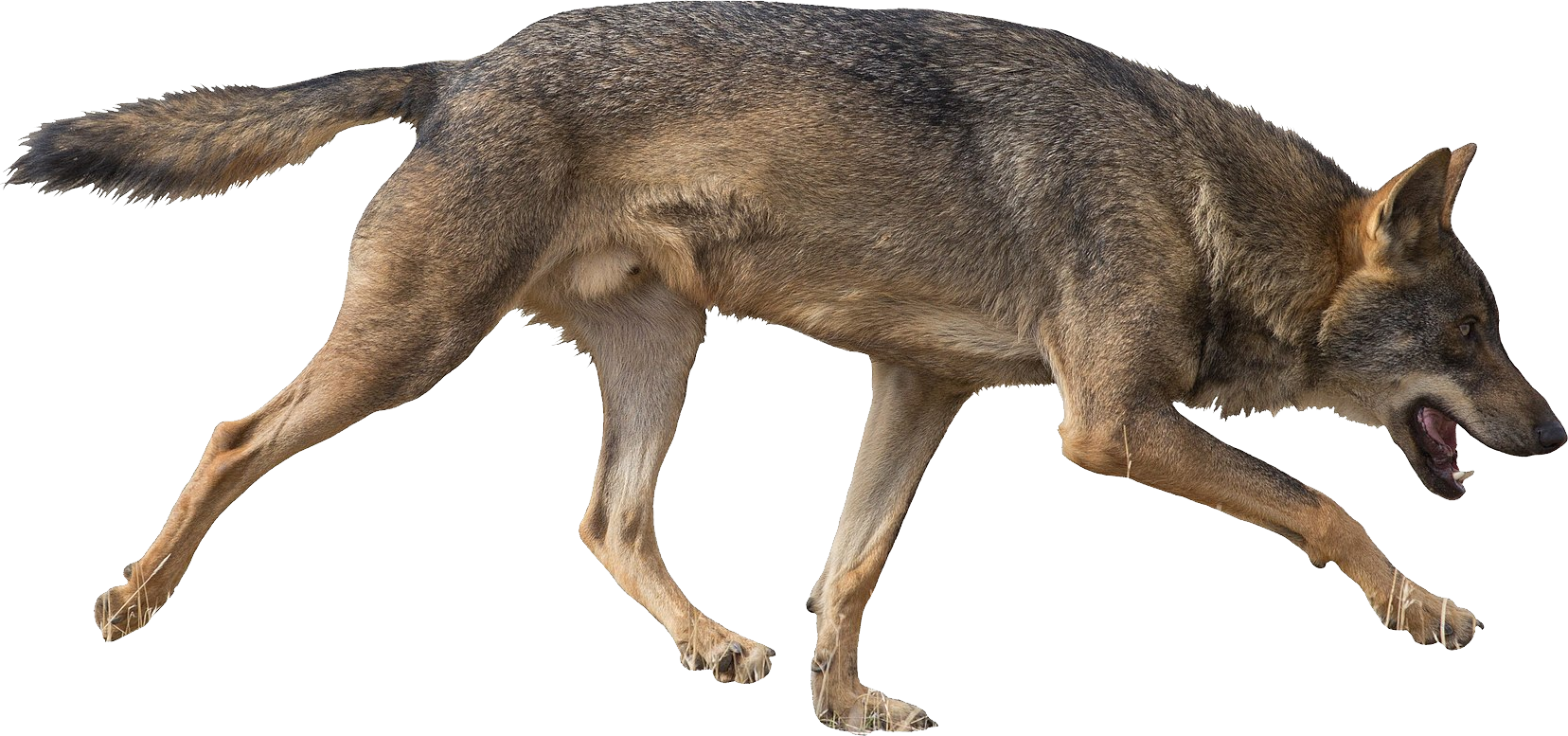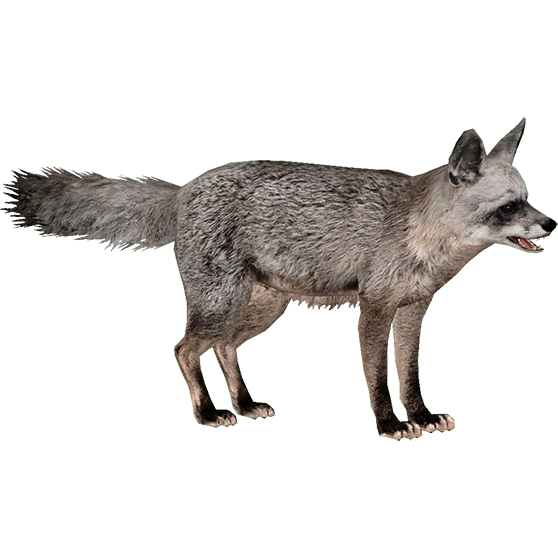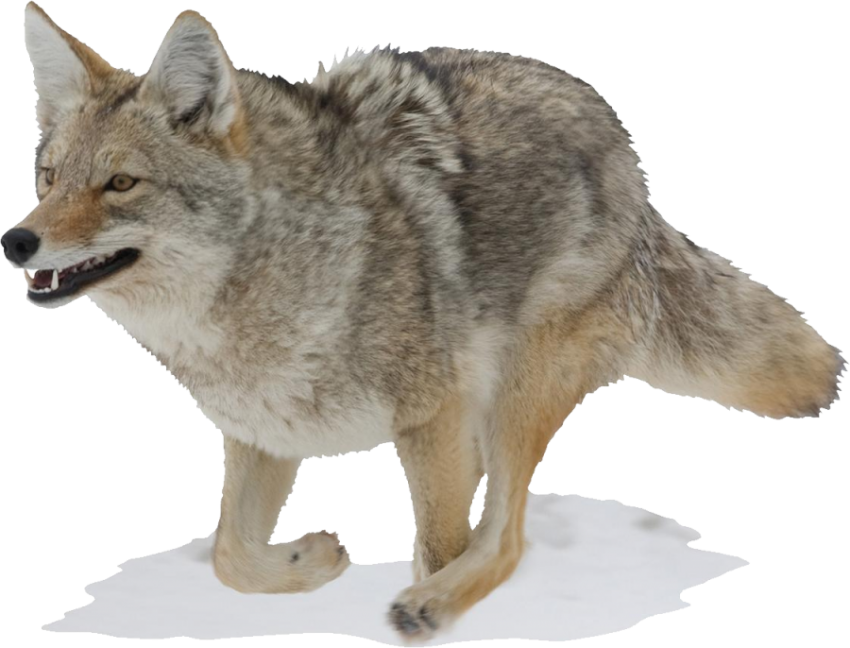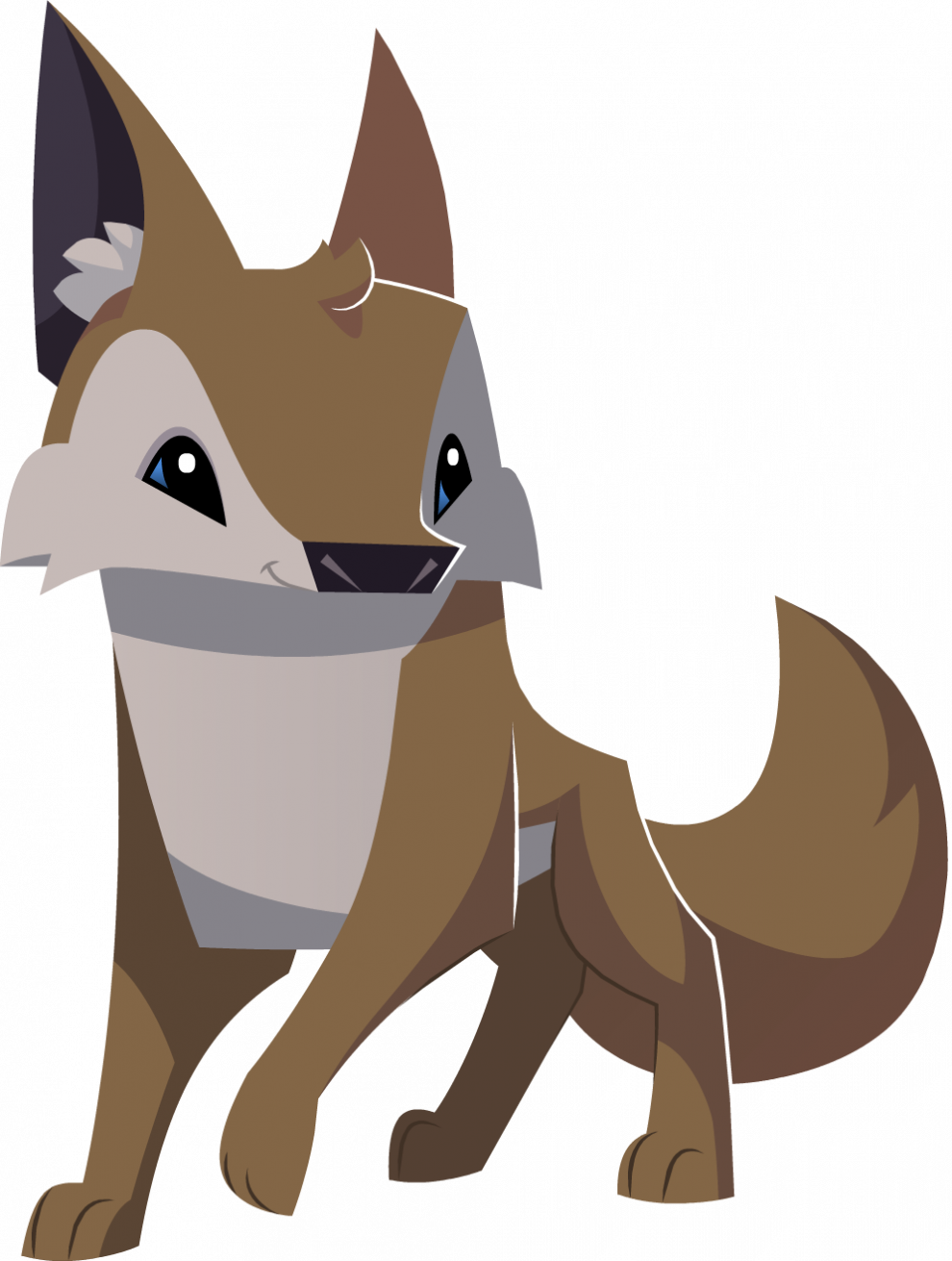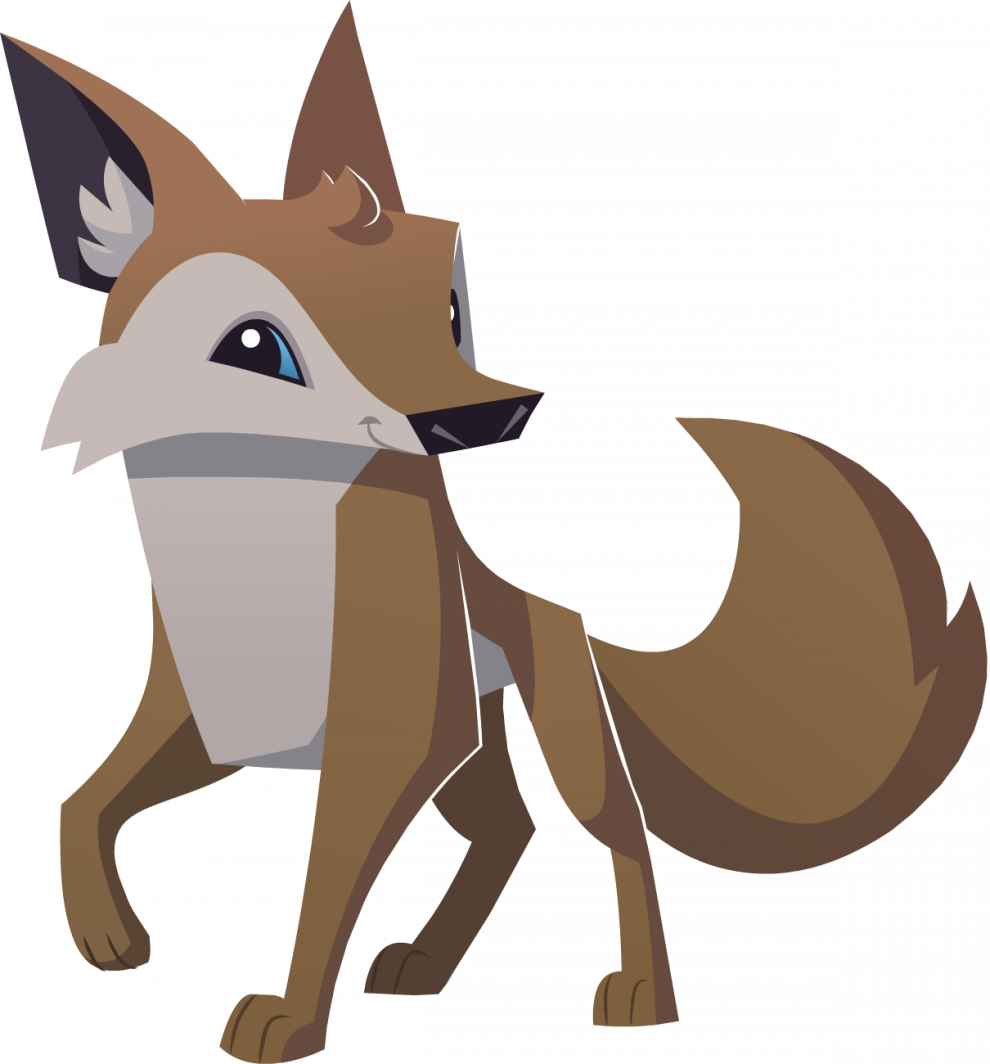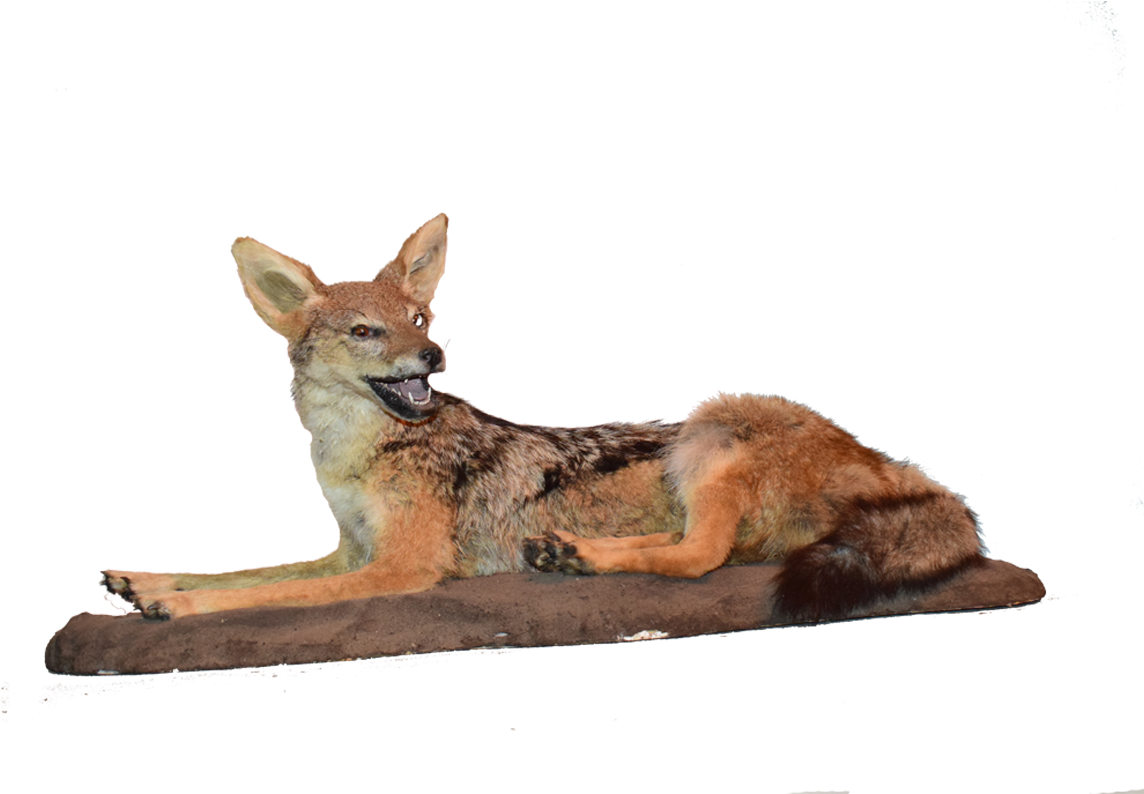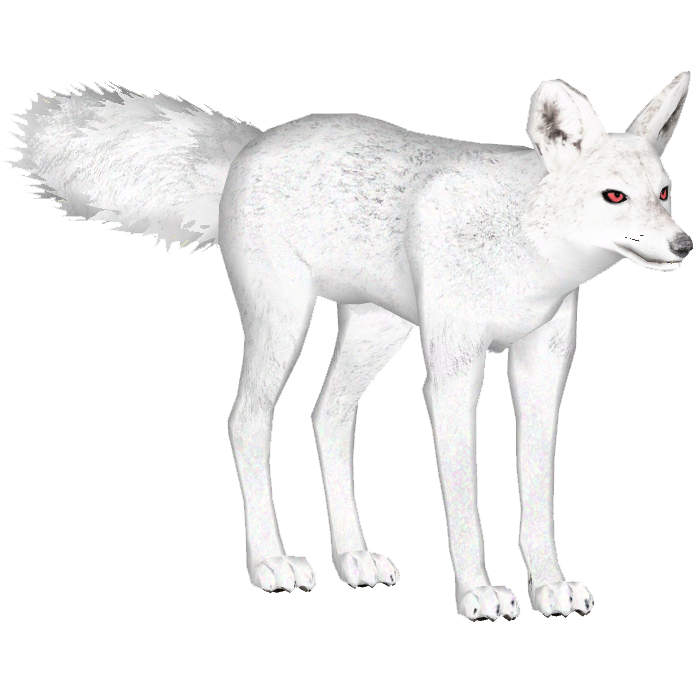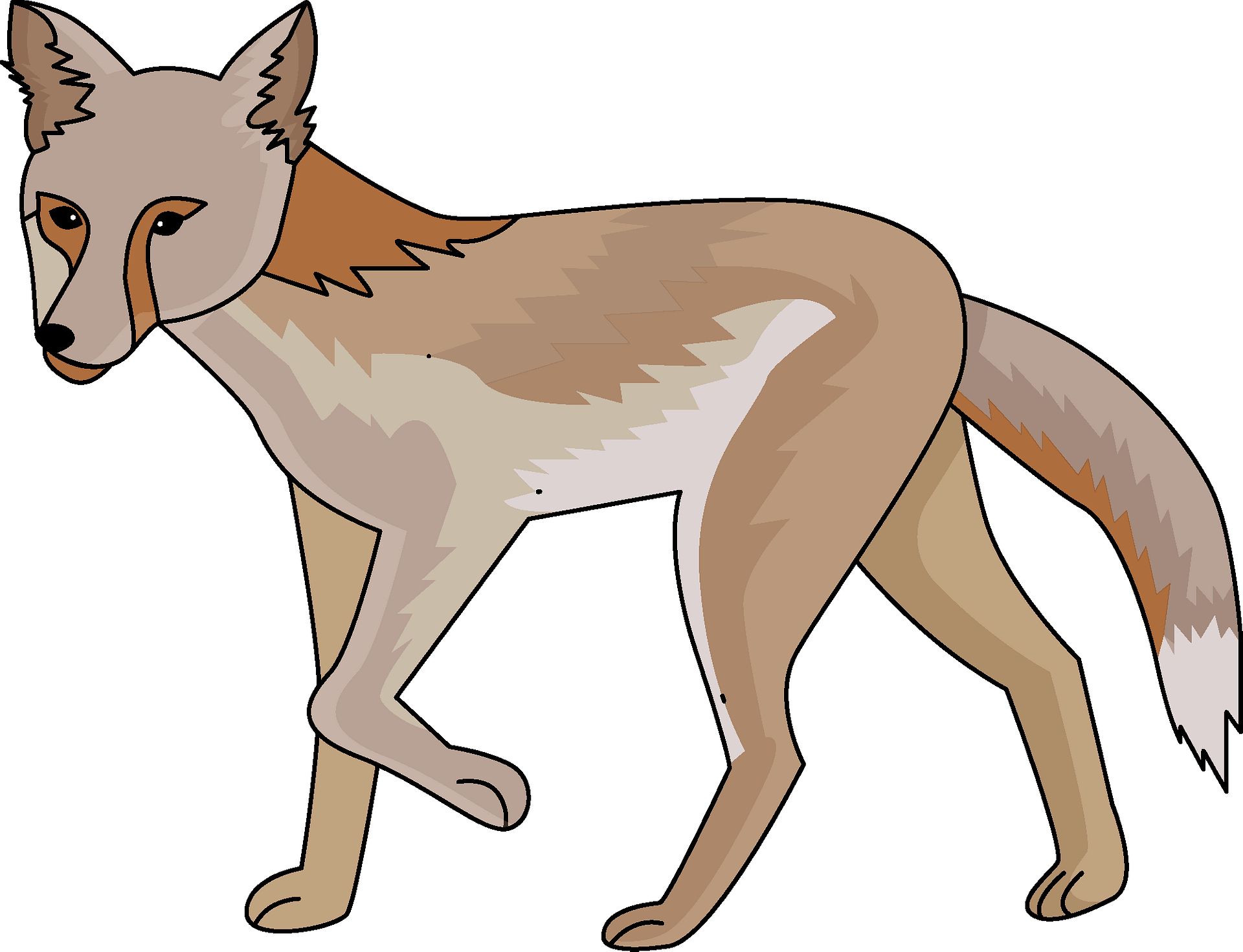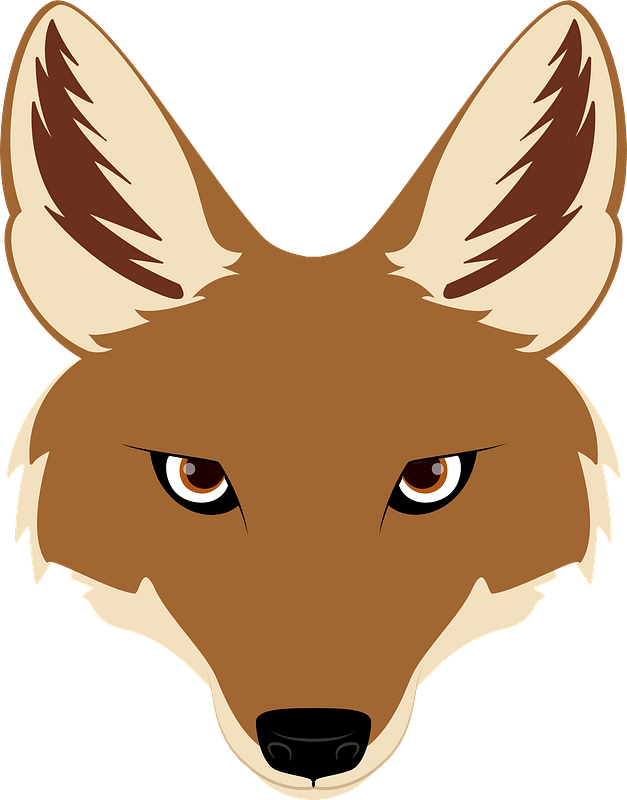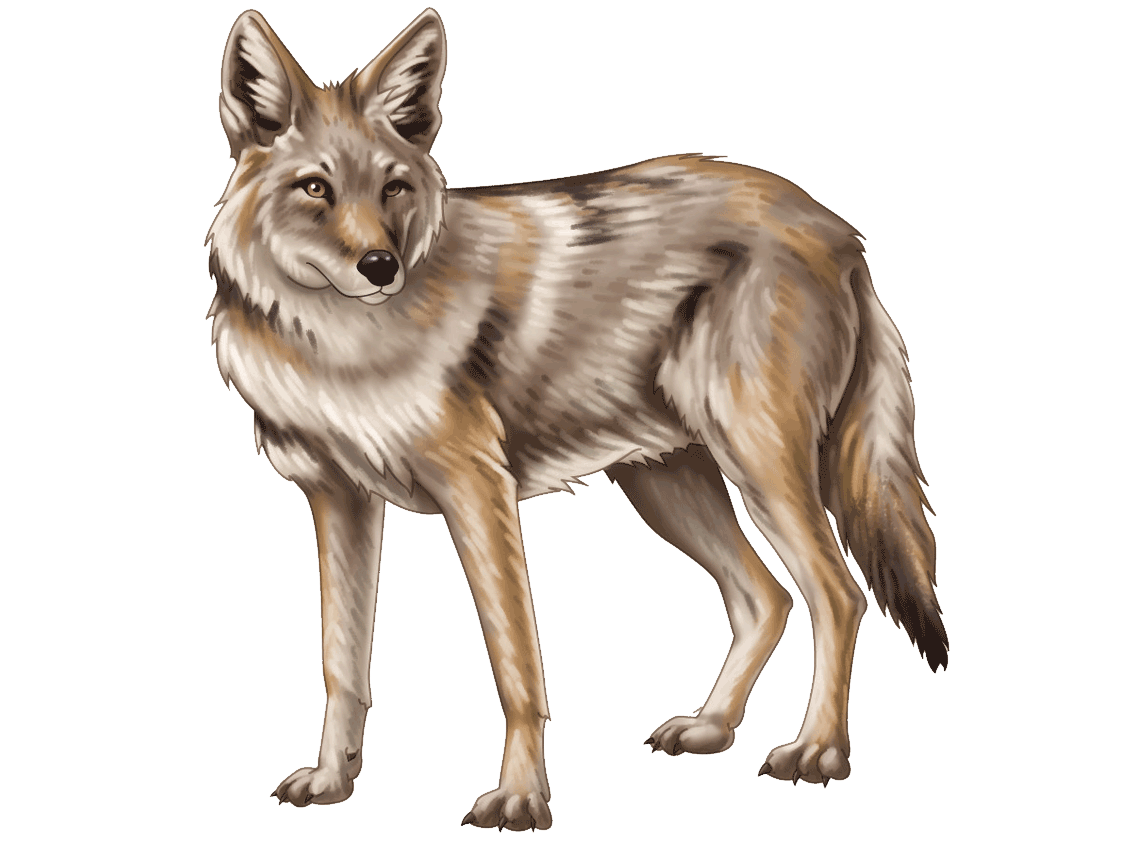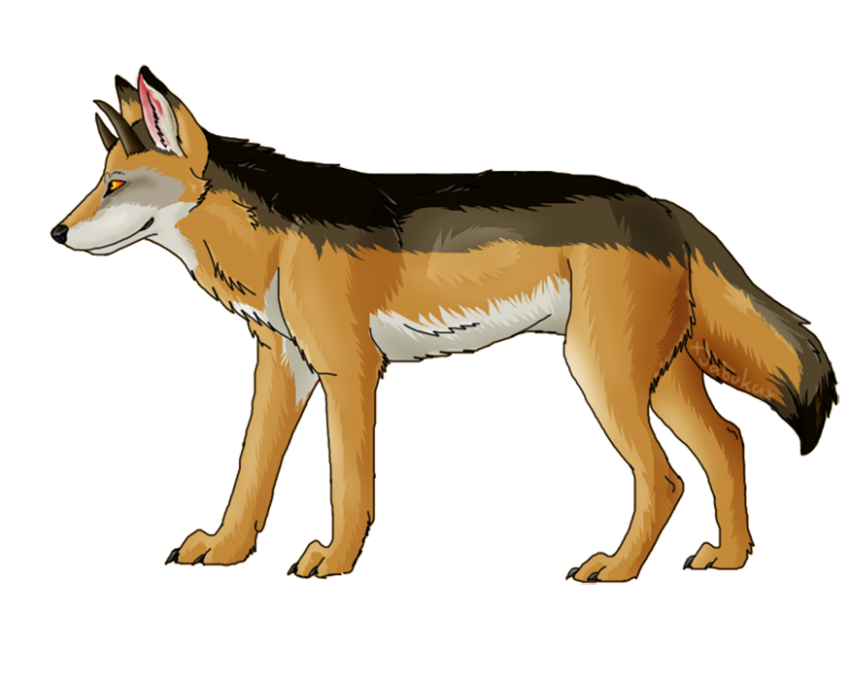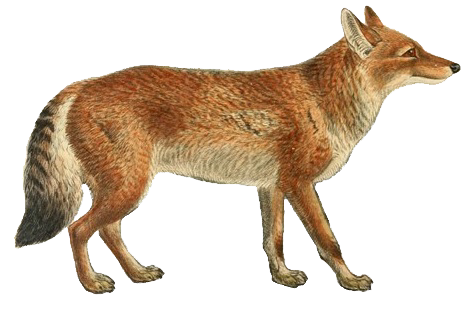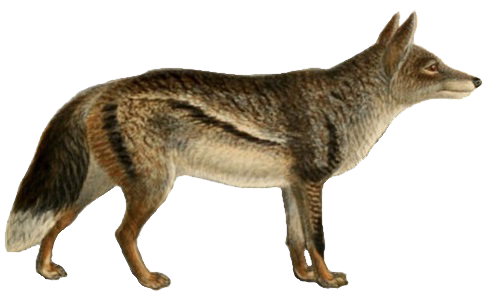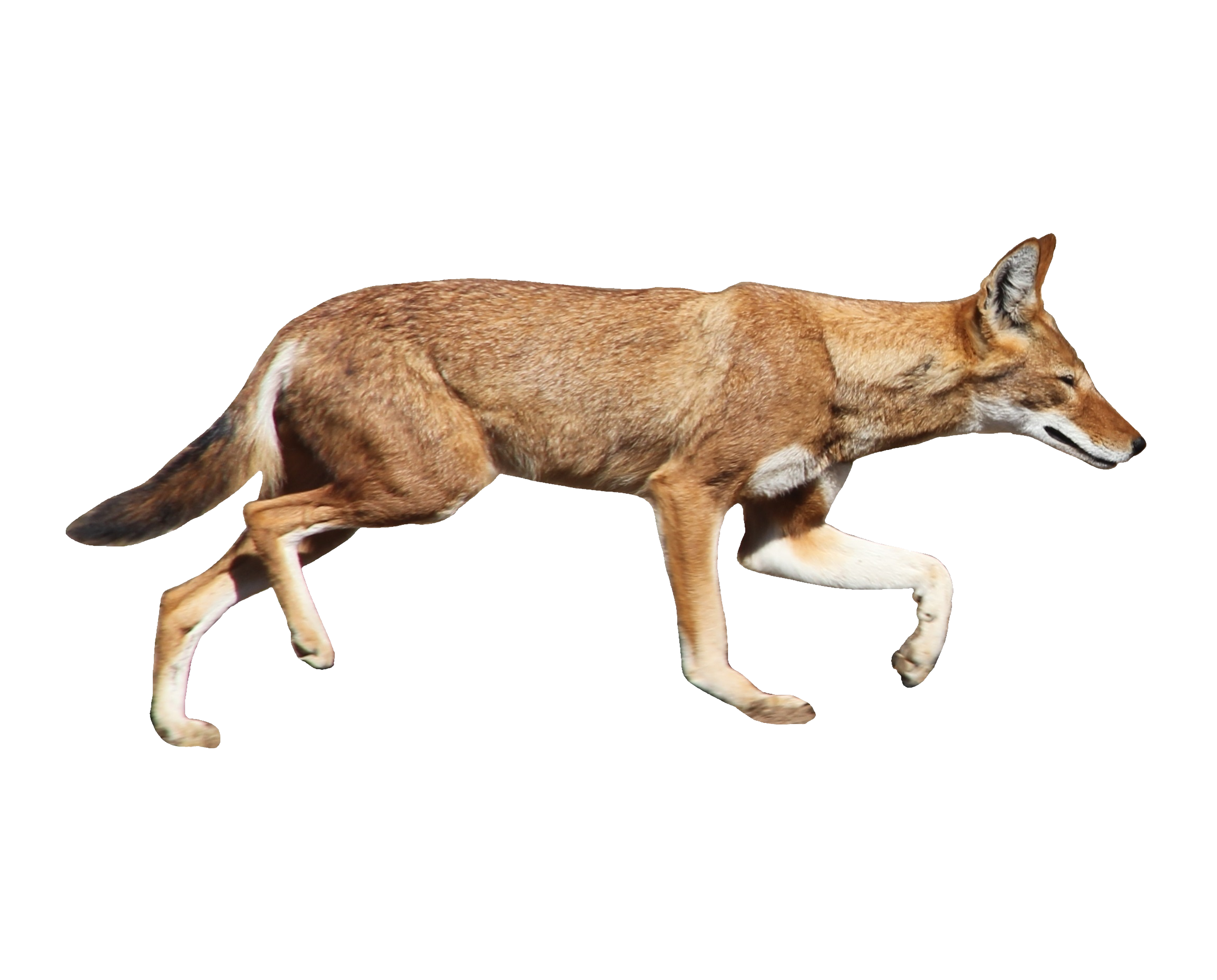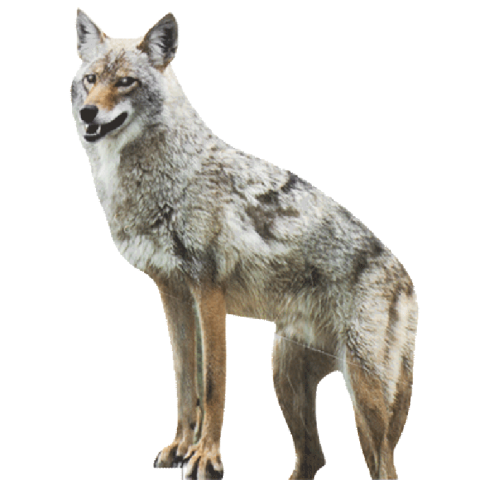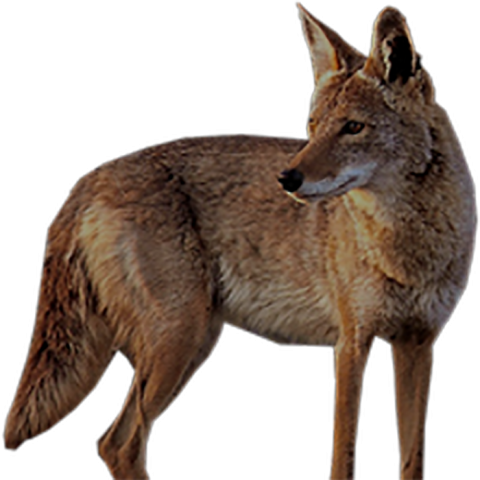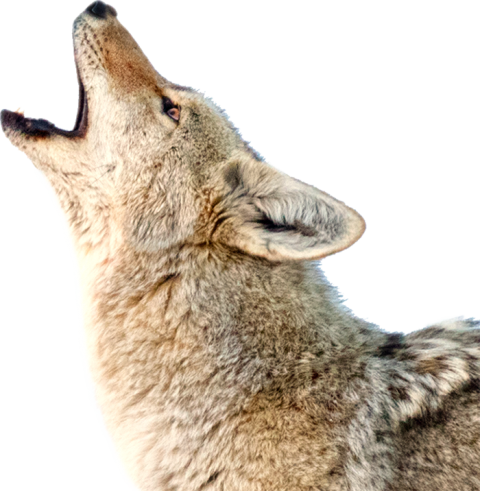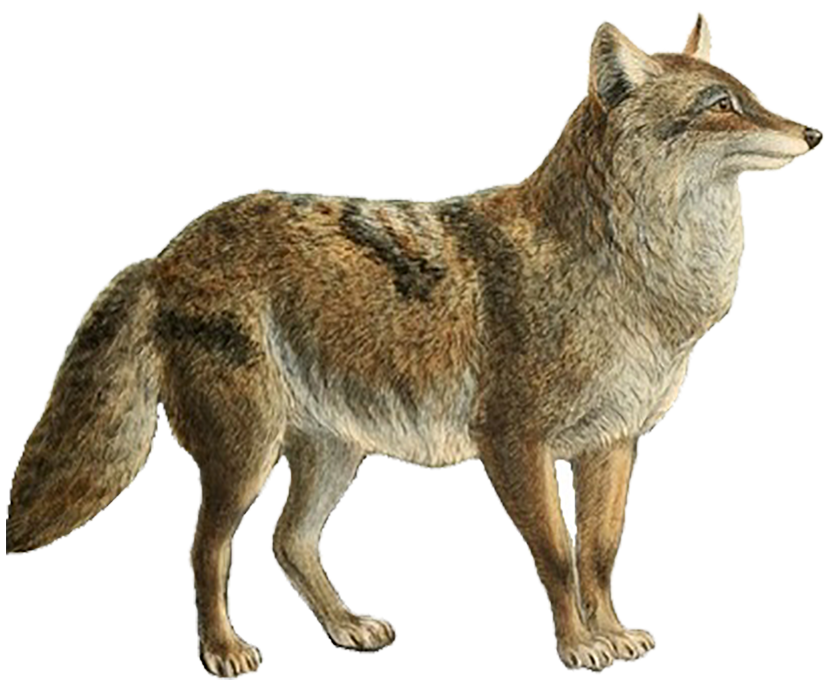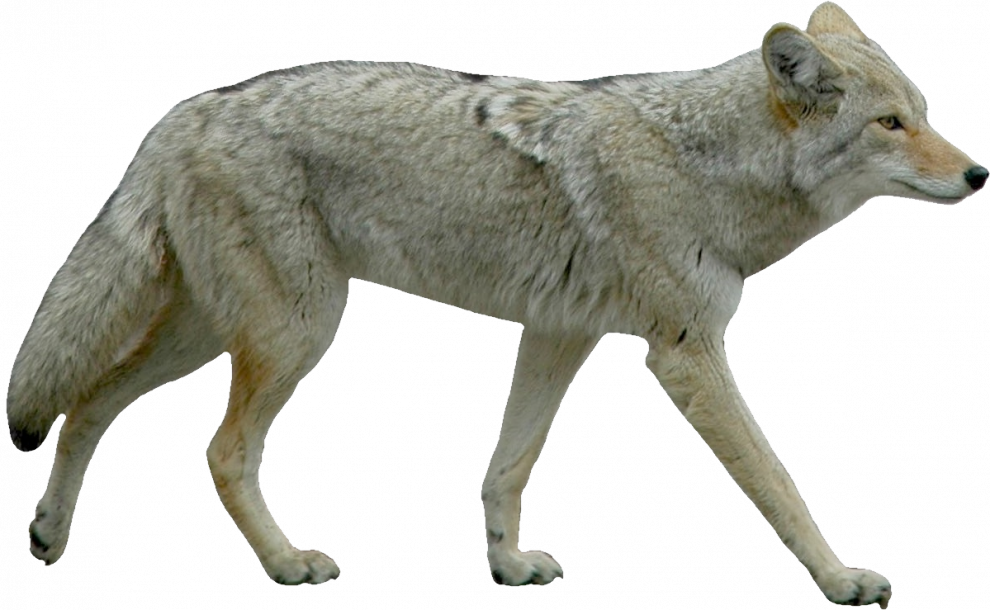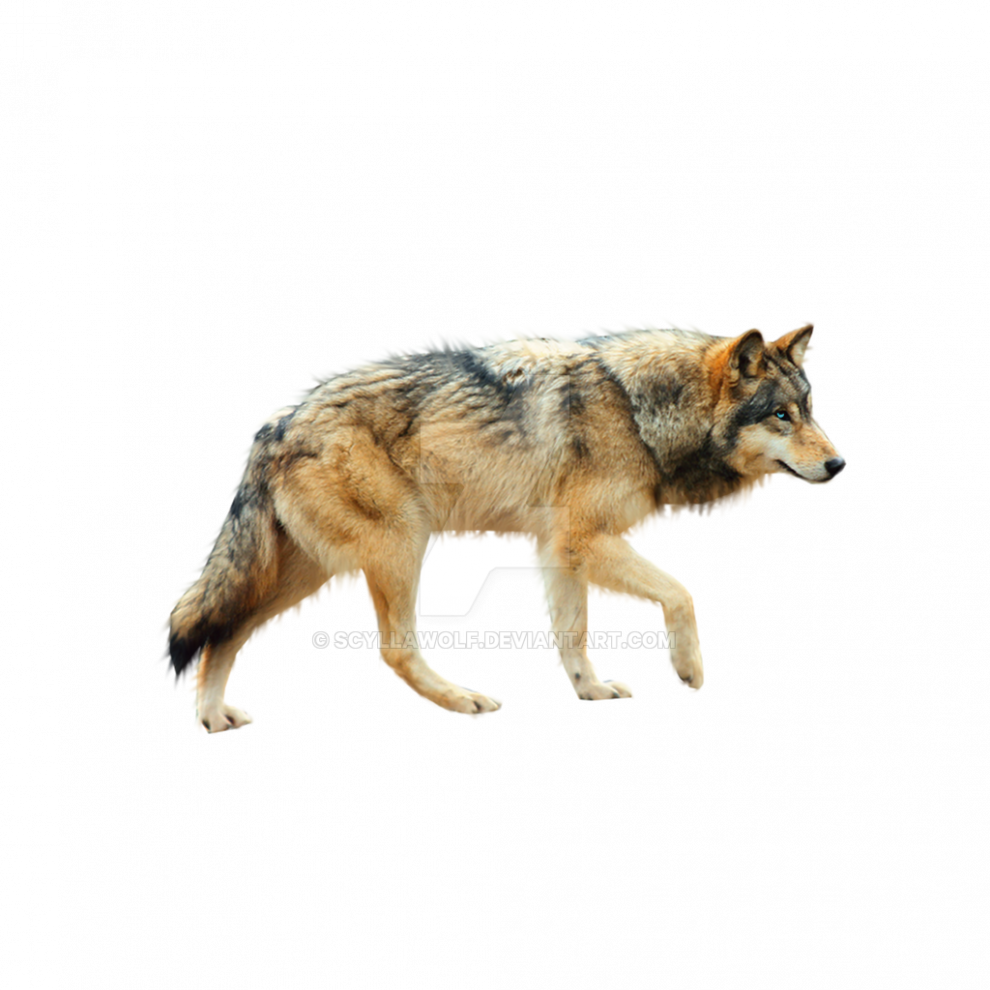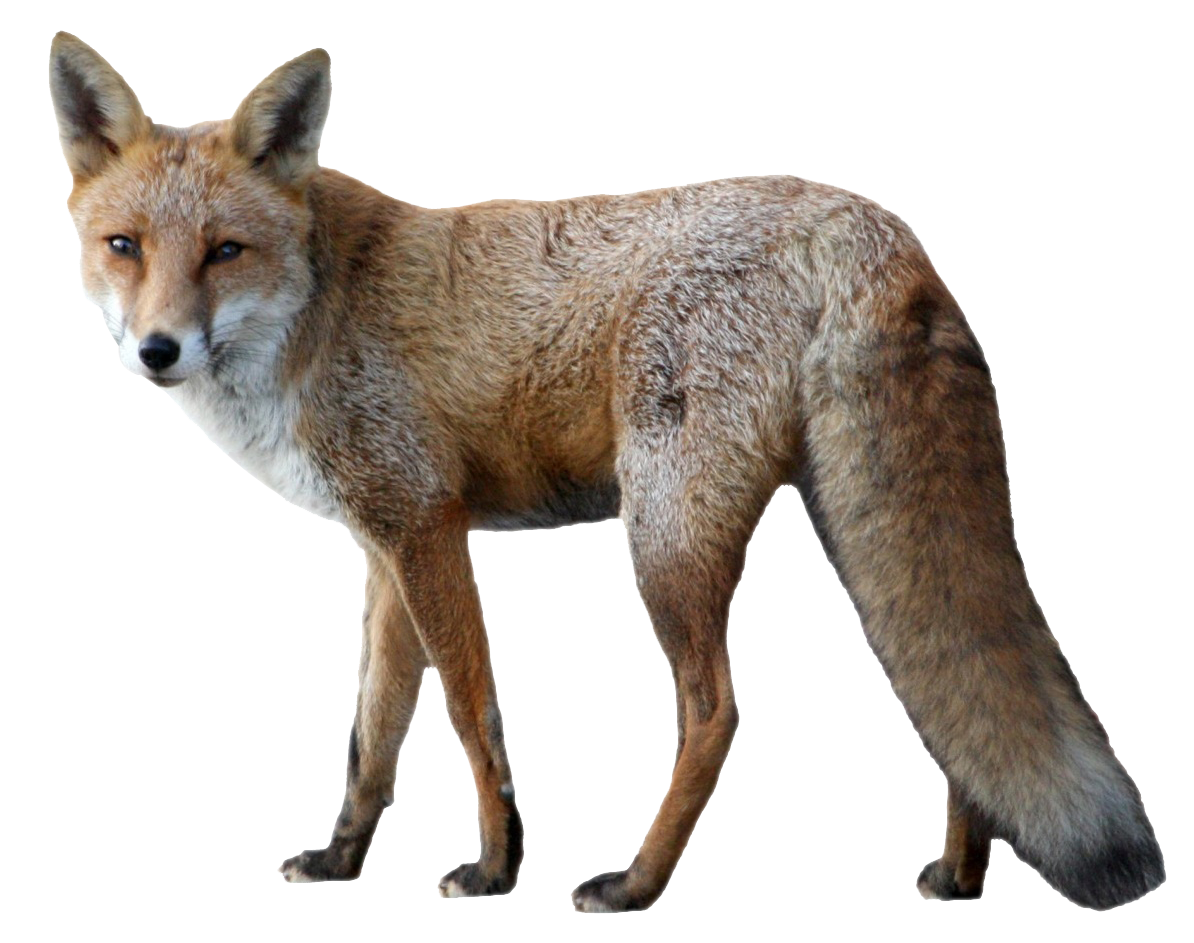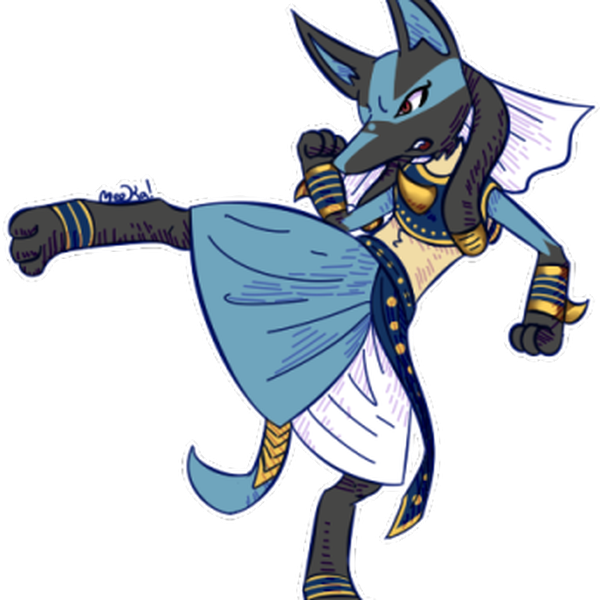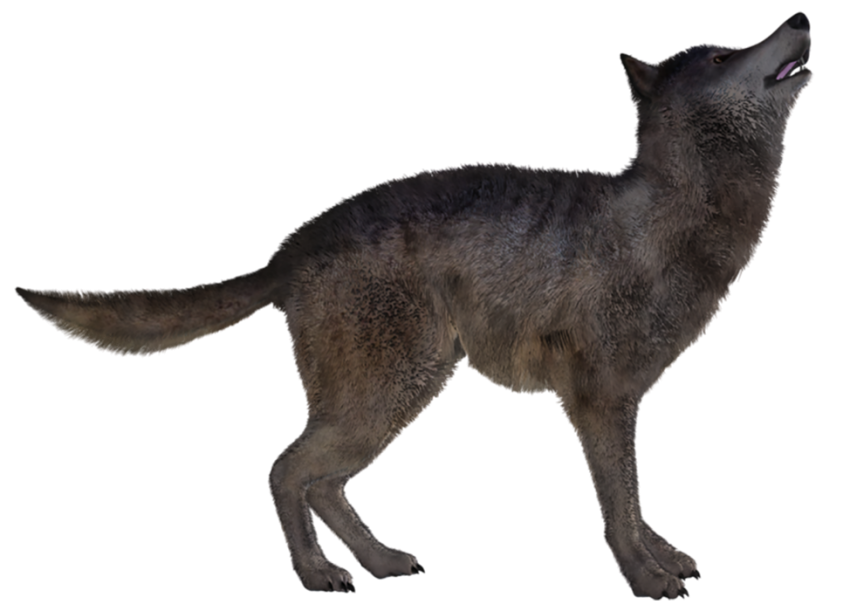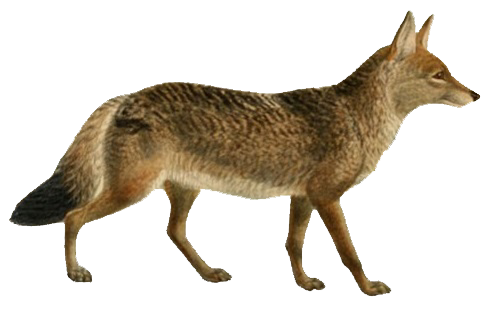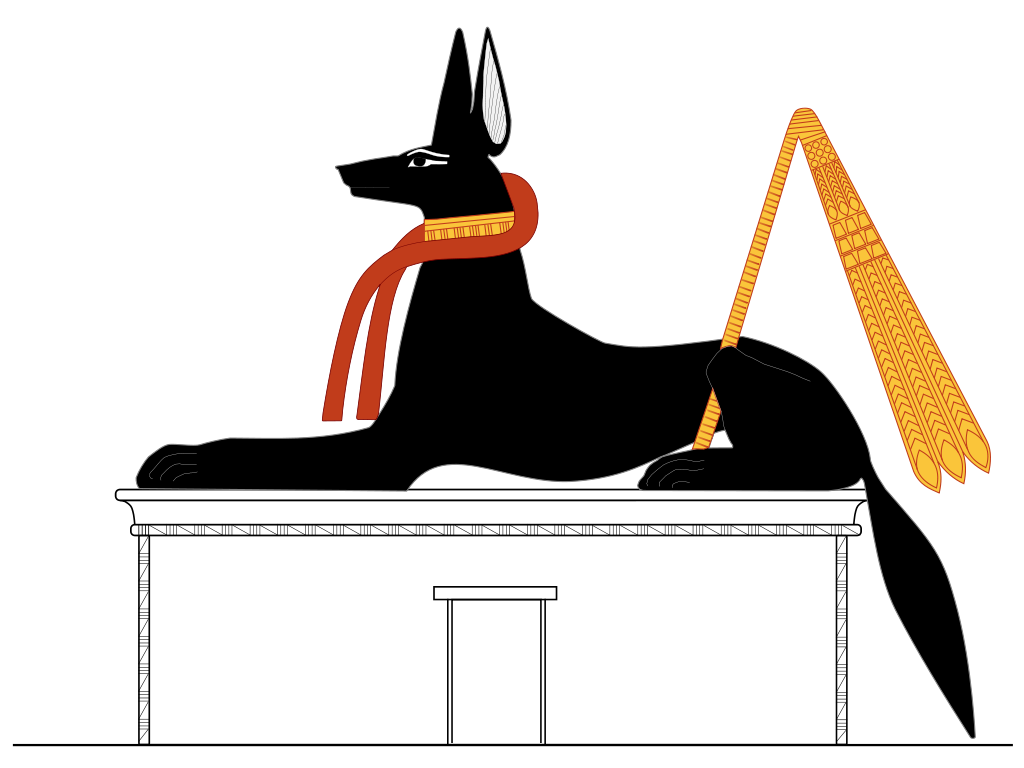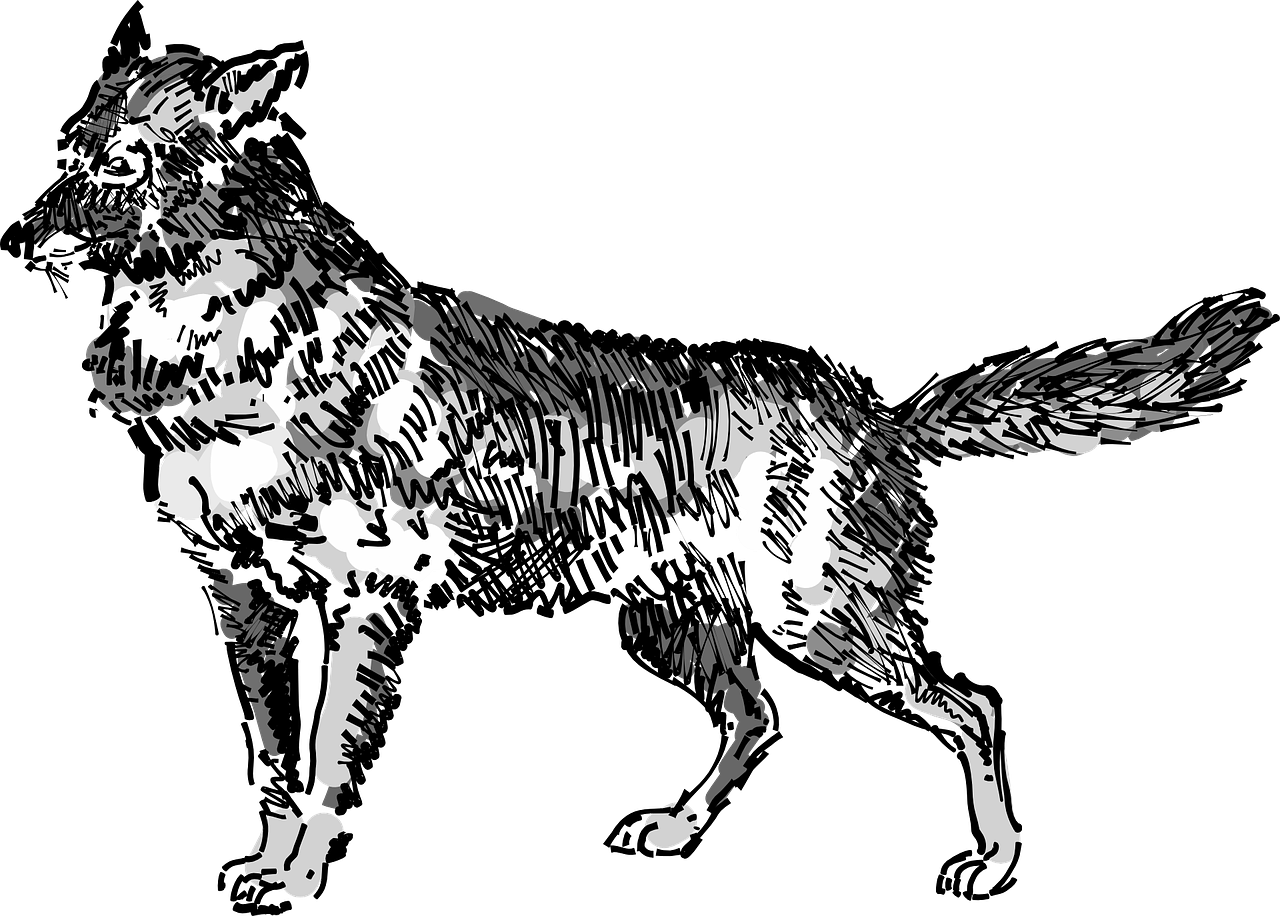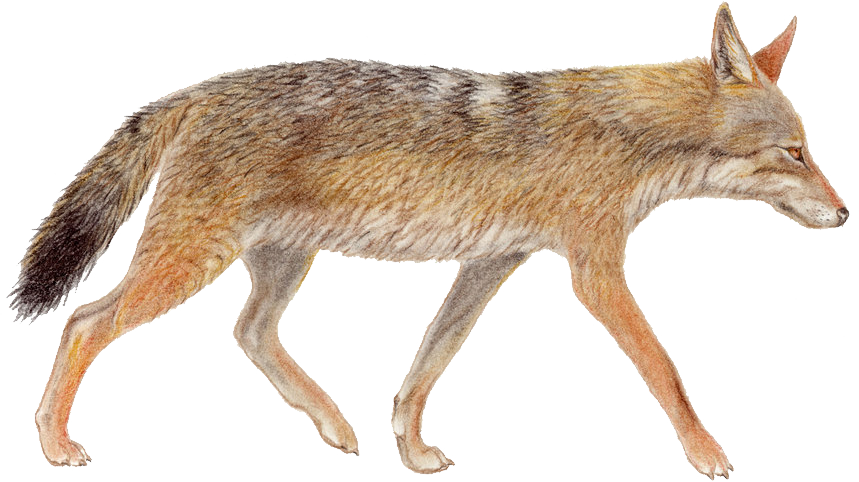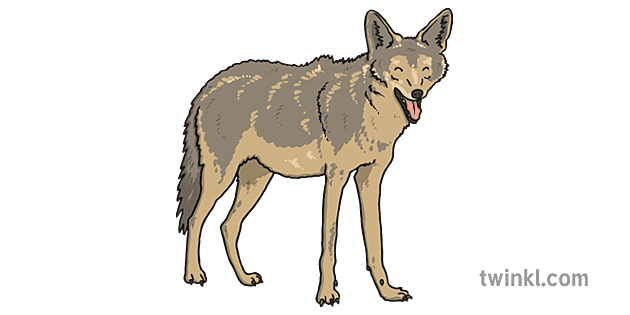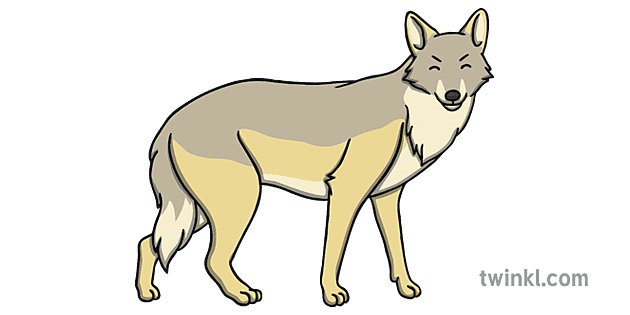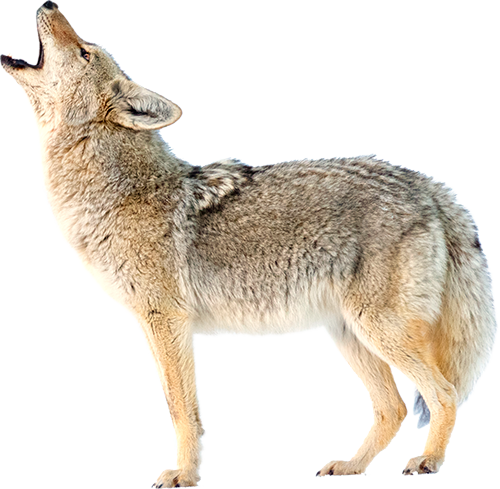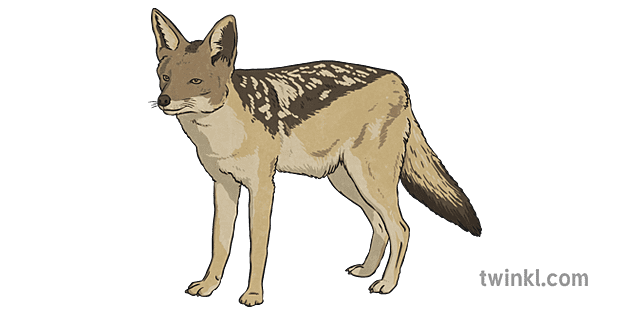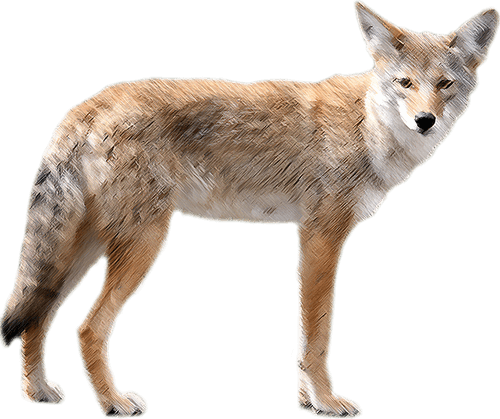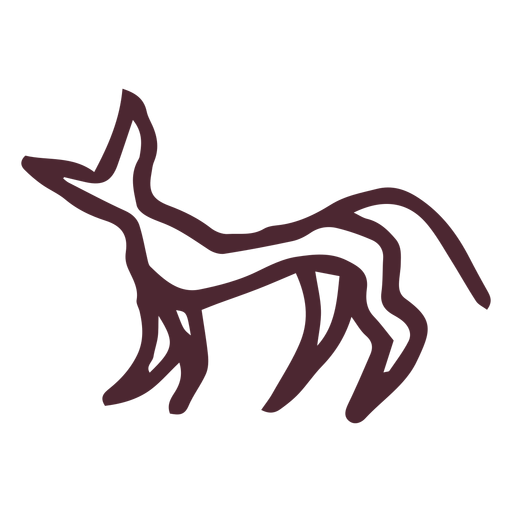Download top and best high-quality free Jackal PNG Transparent Images backgrounds available in various sizes. To view the full PNG size resolution click on any of the below image thumbnail.
License Info: Creative Commons 4.0 BY-NC
Jackals are medium-sized omnivorous animals belonging to the Canina subtribe, which also includes wolves and domesticated animals. While the term “jackal” has been used to describe a variety of small canines in the past, it is now most generally used to describe three species: the closely related black-backed and side-striped jackals of Sub-Saharan Africa, and the golden jackal of south-central Europe and Asia.
Jackals are scavengers and opportunistic omnivores that prey on tiny to medium-sized animals. Their long legs and curved canine teeth make them well-suited for hunting small mammals, birds, and reptiles, while their huge feet and fused leg bones make them well-suited for long-distance sprinting, allowing them to maintain speeds of 16 km/h (9.9 mph) for lengthy periods of time. Jackals are crepuscular animals, meaning they are most active at dawn and dusk.
A monogamous couple is the most prevalent social unit, and it protects its territory from other pairs by pursuing invading rivals and marking landmarks throughout the area with urine and feces. The territory may be large enough to accommodate some young adults who will remain with their parents until they are ready to build their own territories. Jackals may occasionally congregate in small groups to scavenge a cadaver, but they usually hunt alone or in pairs.
Because of the similarities between jackals and coyotes, Lorenz Oken separated them into a new genus, Thos, called after the classical Greek word “jackal,” in the third volume of his Lehrbuch der Naturgeschichte (1815), although his idea had no direct influence on taxonomy at the time. Angel Cabrera questioned whether the presence of a cingulum on the upper molars of jackals and its lack in the remainder of Canis might support a subdivision of that genus in his 1932 monograph on the animals of Morocco. Cabrera used the undivided-genus approach in practice, referring to jackals as Canis rather than Thos.
Edmund Heller, who believed in the distinct genus hypothesis, resurrected Oken’s Thos idea in 1914. Although the genus has been altered from Thos to Canis, Heller’s names and classifications for several jackal species and subspecies have survived in contemporary taxonomy.
The wolf–like canids are a group of big carnivores that share 78 chromosomes, making them genetically similar. The Canis, Cuon, and Lycaon genera are included in this category. The dog (C. lupus familiaris), gray wolf (C. lupus), coyote (C. latrans), golden jackal (C. aureus), Ethiopian wolf (C. simensis), black-backed jackal (C. mesomelas), side-striped jackal (C. adustus), dhole (Cuon alpinus), and African wild dog (Cuon alpinus) are the members (Lycaon pictus).
The African golden wolf (C. anthus), which was formerly assumed to be an African branch of the golden jackal, is the newest member. All members of the genus Canis have 78 chromosomes, making them karyologically indistinguishable from each other, as well as the dhole and the African hunting dog. The two African jackals are the group’s most basic members, indicating that the lineage originated in Africa. Canis arnensis, the progenitor of contemporary jackals, arrived in Mediterranean Europe 1.9 million years ago.
According to Canis’ paraphyletic relationship with Lycaon and Cuon, it has been suggested that the two African jackals be classified to separate genera, Schaeffia for the side-striped jackal and Lupulella for the black-backed jackal, or Lupulella for both.
The Ethiopian wolf’s intermediate size and appearance has led to it being referred to as a jackal at times, earning it the nickname “red jackal” or “Simien jackal.”
Download Jackal PNG images transparent gallery.
- Jackal Wilderness PNG Images
Resolution: 677 × 999
Size: 273 KB
Image Format: .png
Download
- Jackal Wilderness No Background
Resolution: 1001 × 812
Size: 449 KB
Image Format: .png
Download
- Jackal PNG Clipart
Resolution: 1305 × 1305
Size: 6676 KB
Image Format: .png
Download
- Jackal Wilderness PNG Photos
Resolution: 694 × 553
Size: 504 KB
Image Format: .png
Download
- Jackal Wilderness PNG HD Image
Resolution: 804 × 604
Size: 445 KB
Image Format: .png
Download
- Jackal Wilderness
Resolution: 480 × 480
Size: 166 KB
Image Format: .png
Download
- Jackal Predator PNG Pic
Resolution: 1869 × 1532
Size: 2855 KB
Image Format: .png
Download
- Jackal Wilderness Transparent
Resolution: 451 × 661
Size: 138 KB
Image Format: .png
Download
- Jackal PNG Image HD
Resolution: 1656 × 777
Size: 1400 KB
Image Format: .png
Download
- Jackal PNG HD Image
Resolution: 558 × 558
Size: 210 KB
Image Format: .png
Download
- Jackal Predator
Resolution: 850 × 648
Size: 466 KB
Image Format: .png
Download
- Jackal Wilderness PNG Pic
Resolution: 990 × 1311
Size: 722 KB
Image Format: .png
Download
- Jackal Wilderness PNG File
Resolution: 990 × 1064
Size: 290 KB
Image Format: .png
Download
- Jackal Wilderness PNG Image HD
Resolution: 1144 × 794
Size: 605 KB
Image Format: .png
Download
- Jackal PNG Cutout
Resolution: 693 × 693
Size: 345 KB
Image Format: .png
Download
- Jackal
Resolution: 600 × 600
Size: 74 KB
Image Format: .png
Download
- Jackal Predator PNG Clipart
Resolution: 1920 × 1471
Size: 124 KB
Image Format: .png
Download
- Jackal Predator PNG Picture
Resolution: 627 × 800
Size: 43 KB
Image Format: .png
Download
- Jackal Wilderness PNG Photo
Resolution: 1125 × 857
Size: 480 KB
Image Format: .png
Download
- Jackal PNG Images
Resolution: 850 × 680
Size: 278 KB
Image Format: .png
Download
- Jackal Predator PNG File
Resolution: 471 × 310
Size: 154 KB
Image Format: .png
Download
- Jackal Predator PNG Photo
Resolution: 489 × 302
Size: 128 KB
Image Format: .png
Download
- Jackal Predator PNG
Resolution: 2309 × 1860
Size: 1385 KB
Image Format: .png
Download
- Jackal PNG Images HD
Resolution: 480 × 480
Size: 194 KB
Image Format: .png
Download
- Jackal PNG Picture
Resolution: 480 × 480
Size: 235 KB
Image Format: .png
Download
- Jackal Transparent
Resolution: 480 × 491
Size: 316 KB
Image Format: .png
Download
- Jackal PNG Photos
Resolution: 835 × 700
Size: 524 KB
Image Format: .png
Download
- Jackal Wilderness PNG Cutout
Resolution: 990 × 610
Size: 573 KB
Image Format: .png
Download
- Jackal Wilderness PNG Image
Resolution: 990 × 990
Size: 572 KB
Image Format: .png
Download
- Jackal Wilderness PNG Picture
Resolution: 1194 × 943
Size: 914 KB
Image Format: .png
Download
- Jackal Wilderness PNG Clipart
Resolution: 600 × 600
Size: 276 KB
Image Format: .png
Download
- Jackal Predator Transparent
Resolution: 850 × 611
Size: 311 KB
Image Format: .png
Download
- Jackal Predator PNG Image
Resolution: 489 × 310
Size: 117 KB
Image Format: .png
Download
- Jackal Wilderness PNG
Resolution: 1024 × 768
Size: 131 KB
Image Format: .png
Download
- Jackal PNG Photo
Resolution: 1280 × 916
Size: 343 KB
Image Format: .png
Download
- Jackal Predator PNG Cutout
Resolution: 1920 × 1080
Size: 161 KB
Image Format: .png
Download
- Jackal PNG File
Resolution: 859 × 482
Size: 475 KB
Image Format: .png
Download
- Jackal Predator PNG Images
Resolution: 630 × 315
Size: 18 KB
Image Format: .png
Download
- Jackal No Background
Resolution: 630 × 315
Size: 13 KB
Image Format: .png
Download
- Jackal PNG Pic
Resolution: 500 × 489
Size: 299 KB
Image Format: .png
Download
- Jackal Predator PNG HD Image
Resolution: 630 × 315
Size: 24 KB
Image Format: .png
Download
- Jackal PNG Image
Resolution: 500 × 419
Size: 76 KB
Image Format: .png
Download
- Jackal Predator PNG Photos
Resolution: 512 × 512
Size: 43 KB
Image Format: .png
Download
- Jackal PNG
Resolution: 782 × 306
Size: 42 KB
Image Format: .png
Download
